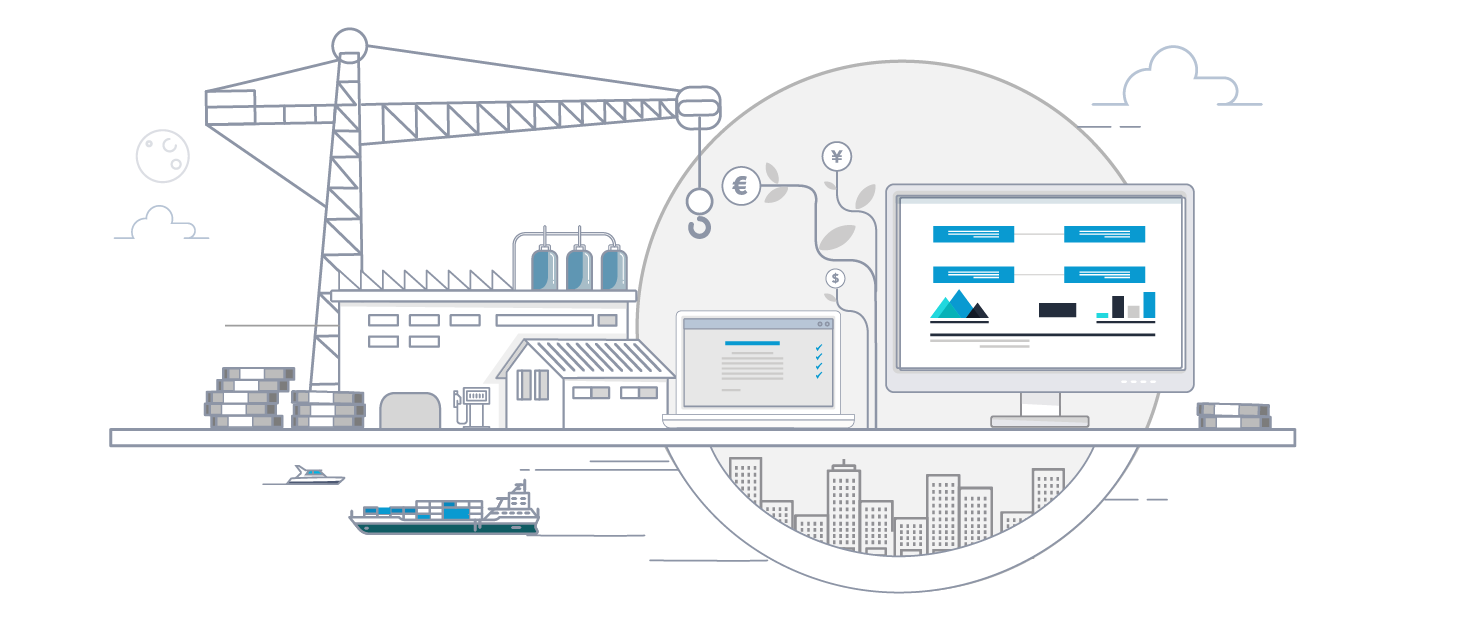EU VAT action plan
- Apr 6, 2016 | Richard Asquith

The European Commission (‘EC’) today issued extensive reform proposals for the EU VAT regime, bringing together many long-standing ideas which will lead to further harmonisation of the tax system.
It aims to: tackle €50 billion in EU VAT fraud which exploits the current cross-border treatment of transactions; give more freedom to member states to set reduced VAT rates; and simplify the VAT system for companies of all sizes to promote cross-border trade. This could include abolishing zero-rating on intra-community supplies, and extending the MOSS single VAT reporting portal to e-commerce sales of goods.
Much of the legislation for the above will be presented in 2017 for consideration by the 28 member states. This means implementation is several years away.
20 measures to combat €50bn VAT fraud
The proposed 20 measures will improve co-operation and information exchanges between the EC and the 28 member states. There will also be a reinforcement of intra-state VAT recovery mechanisms, and further co-operation with non-EU member states to identify potential fraud. For example, national tax authorities being able to undertake audits on behalf of other countries' authorities. This will include harmonising procedures, and joint work through Eurofisc. Legislation will be forthcoming in 2017.
2017 reduced VAT rates reform
The EC will liaise with member states to develop new, 2017 legislation to allow countries to vary their reduced VAT rates on items such as: e-books; women’s’ sanitary products; domestic ‘green’ expenditure; children’s clothing; and basic foodstuffs. The EC proposed two alternatives: regular revisions of Annex III of the EU VAT Directive which contains the exhaustive list of goods which may benefit from the reduced VAT rates; or simply giving complete freedom to the member states to select the goods they favour for reduced rates.
Overhaul of 'temporary' cross-border VAT regime
The current EU VAT rules on cross-border supplies were introduced 'temporarily' in 1993 with the launch of the Single Market. At the time, member states were unable to full harmonise VAT collections on cross-border transactions. The current regime splits EU cross-border transactions into an exempt cross-border supply for the seller, and a taxable cross-border acquisition for the customer.
In the past ten+ years, criminal gangs have exploited loopholes in this treatment, and carry out an estimated €50 billion in VAT fraud each year. The EC will present in 2017 a definitive EU VAT regime to reduce such fraud opportunities. This could include the removal of the zero-rating on B2B transactions across EU borders - moving to the destination principle of VAT. This would oblige some 3 million companies to collect up to €600 billion in foreign VAT which would be paid to their national tax authorities. These authorities would then in-turn send the VAT to the appropriate country of destination. Other ideas include the extension of the reverse charge mechanism.
Eliminating VAT compliance barriers on e-commerce and digital
As part of the EU's Digital Single Market strategy, a number of measures will be submitted to member states aimed at encouraging cross-border e-commerce trade:
- The extension of the MOSS (Mini One-Stop-Shop) single EU VAT return to include B2C goods e-commerce
- Harmonising cross-border VAT audit procedures
- Single VAT registration threshold across all member states for new, micro and and small businesses
- Eliminating the small value consignment stock relief scheme
- Various other measures to help small companies understand and comply with the member states' VAT rules


